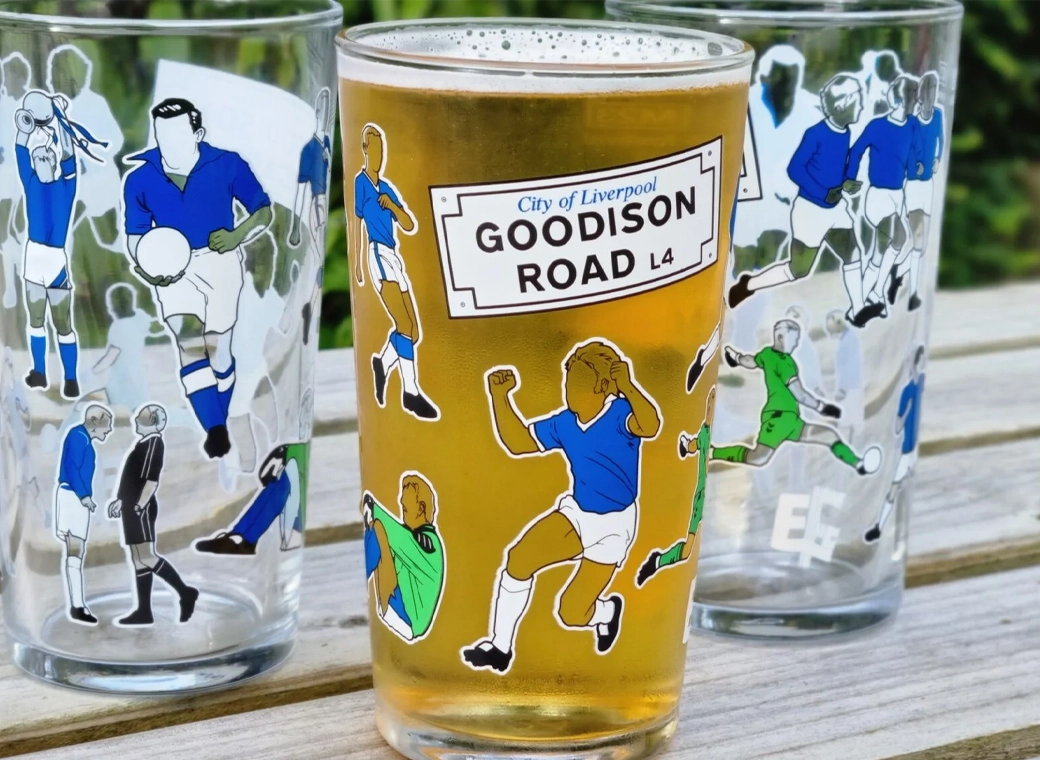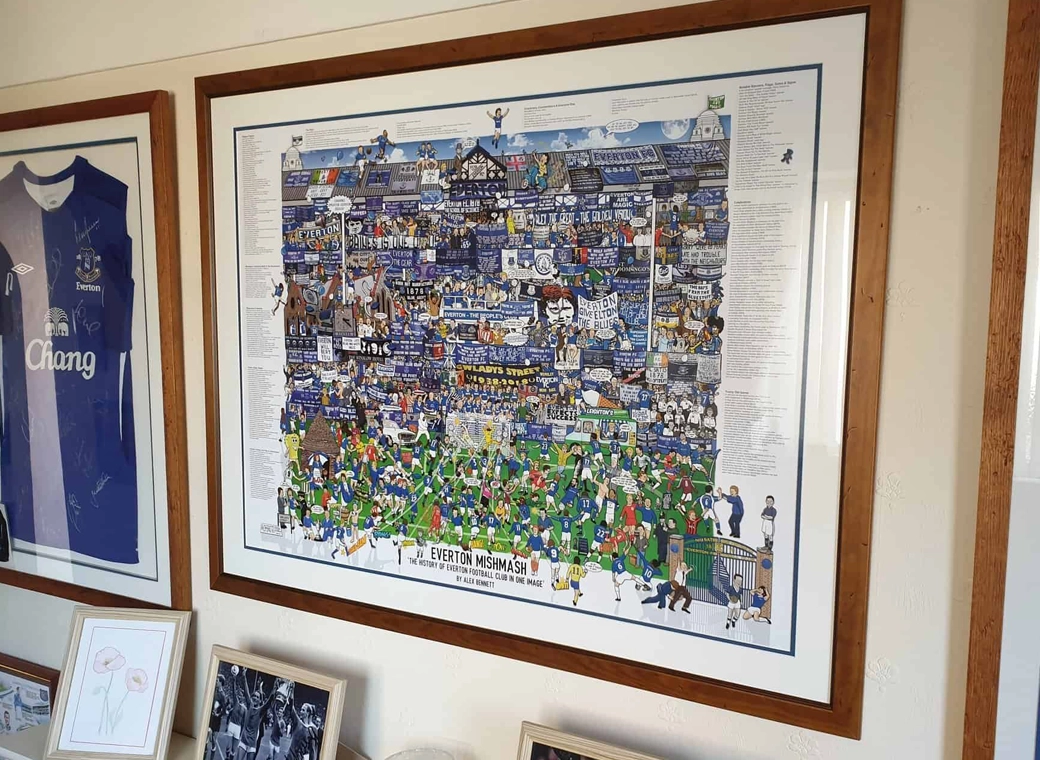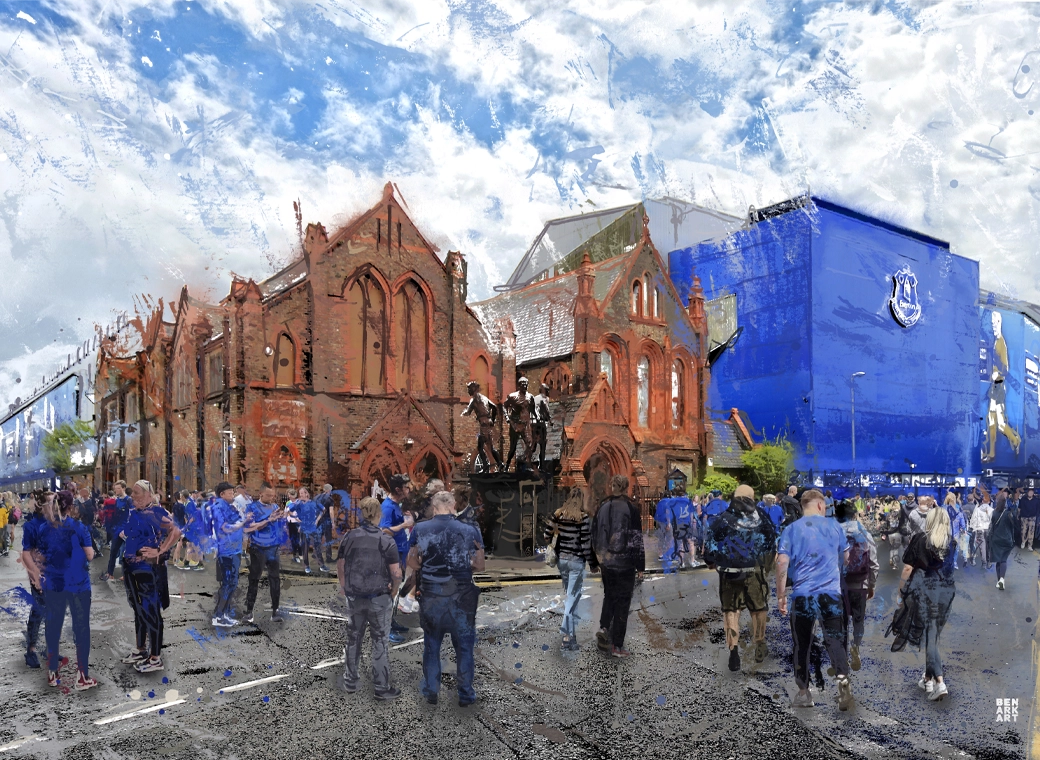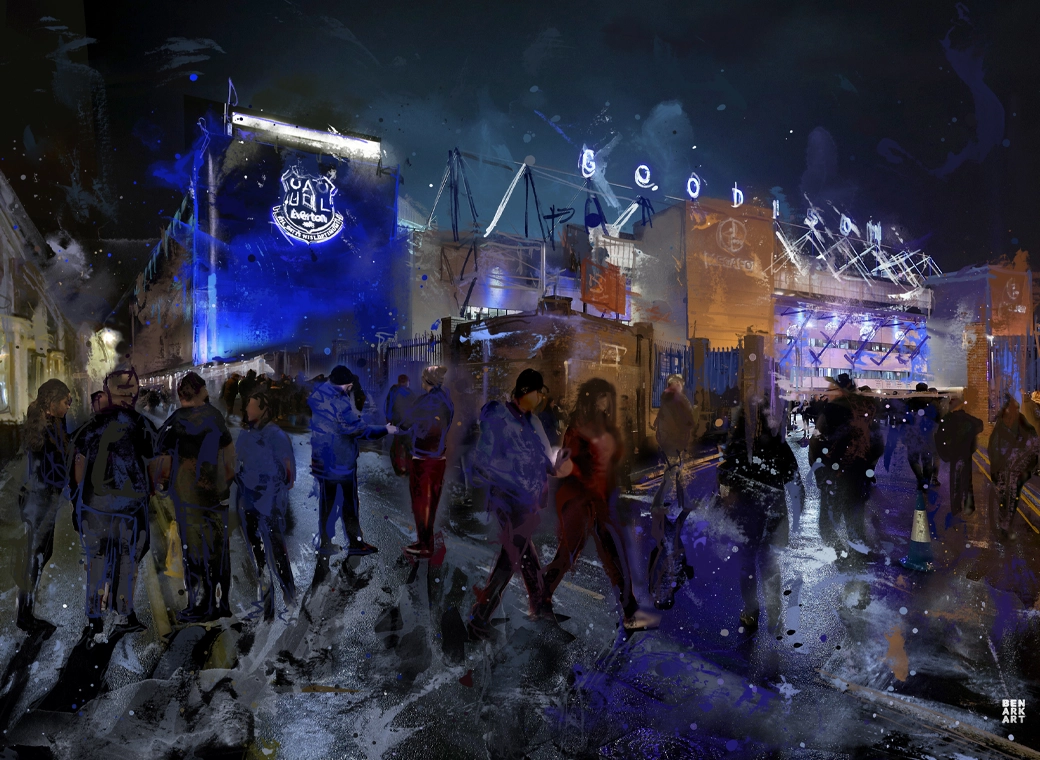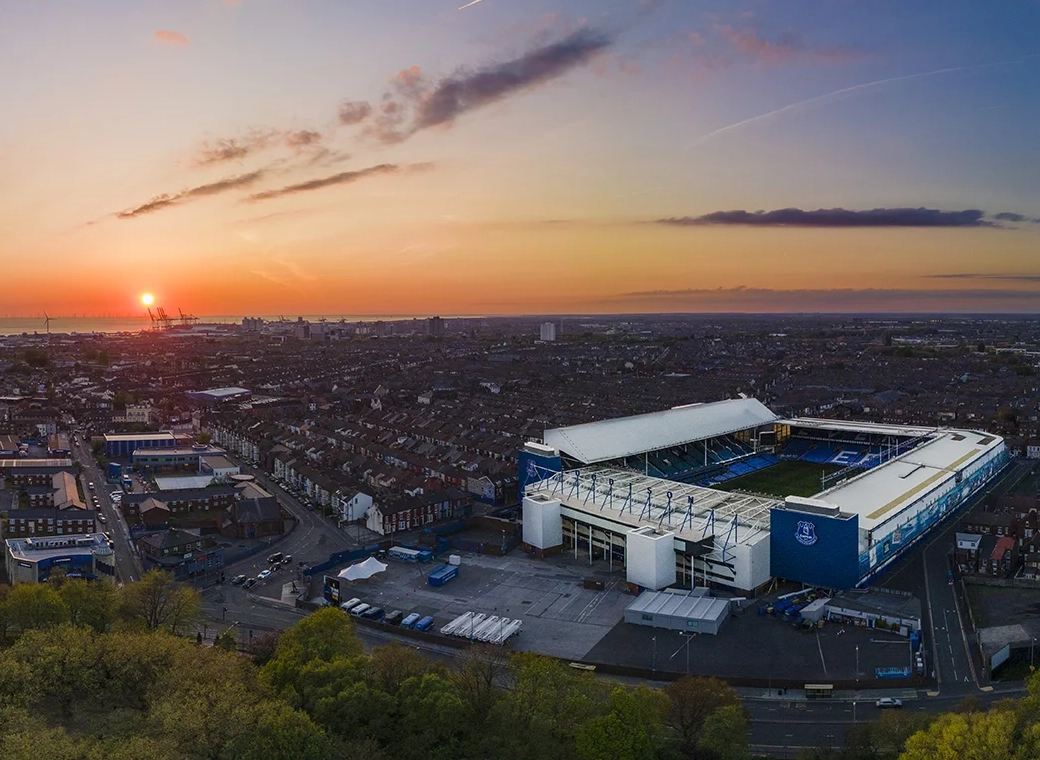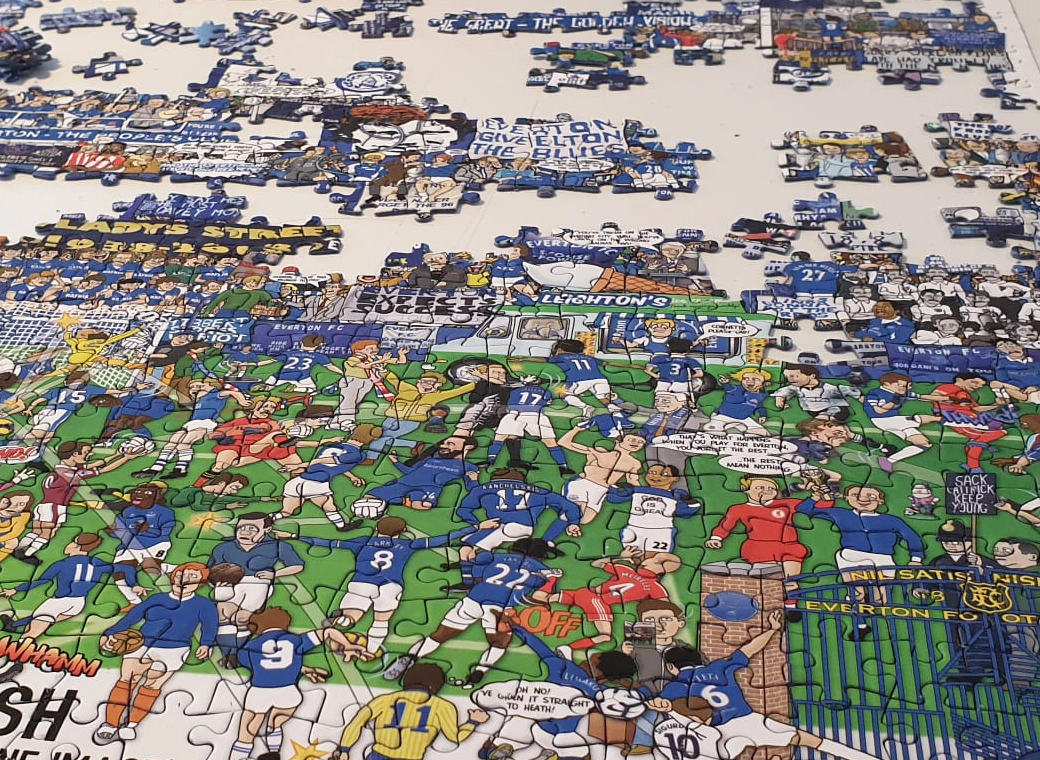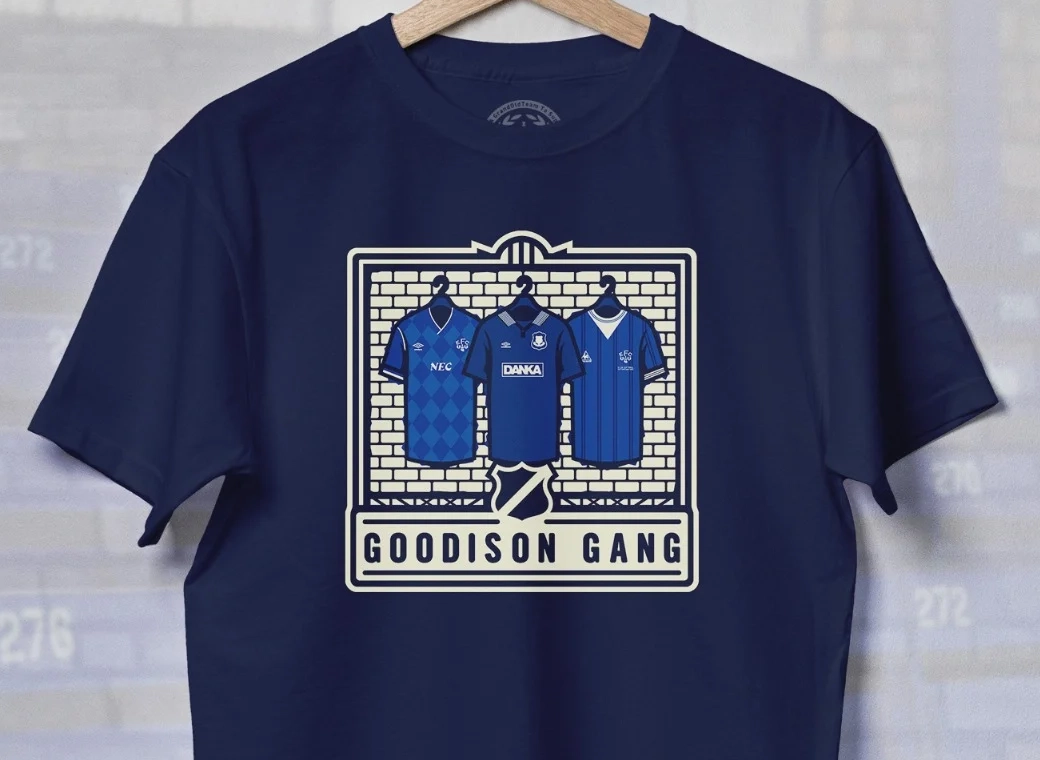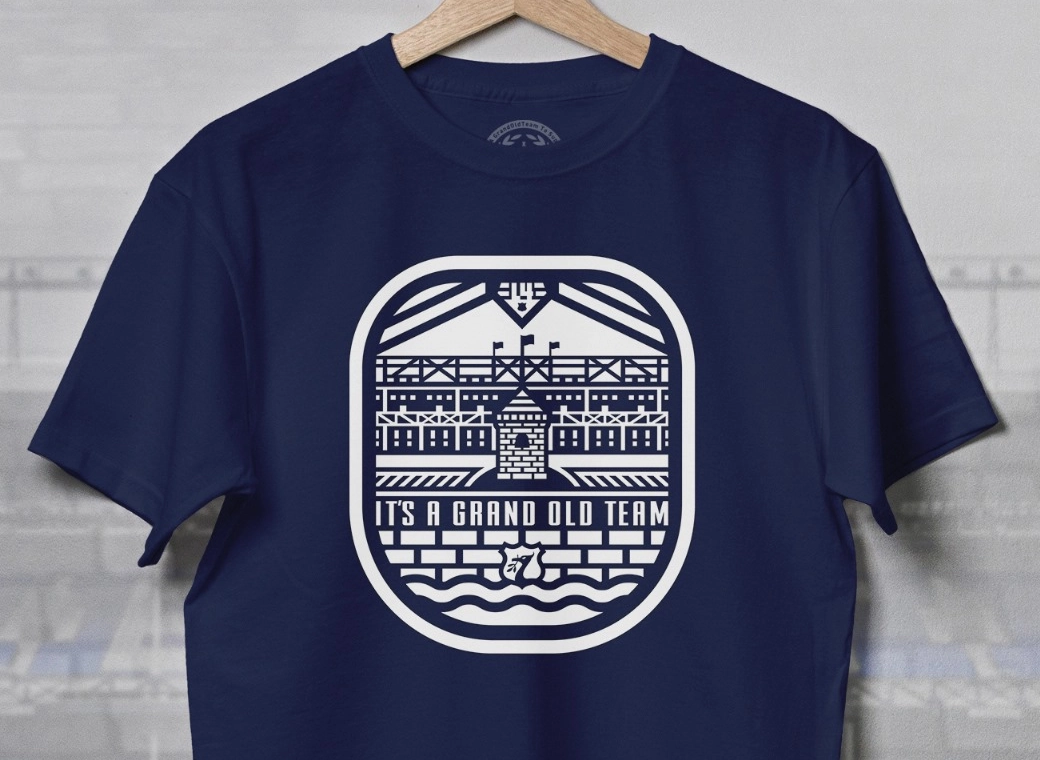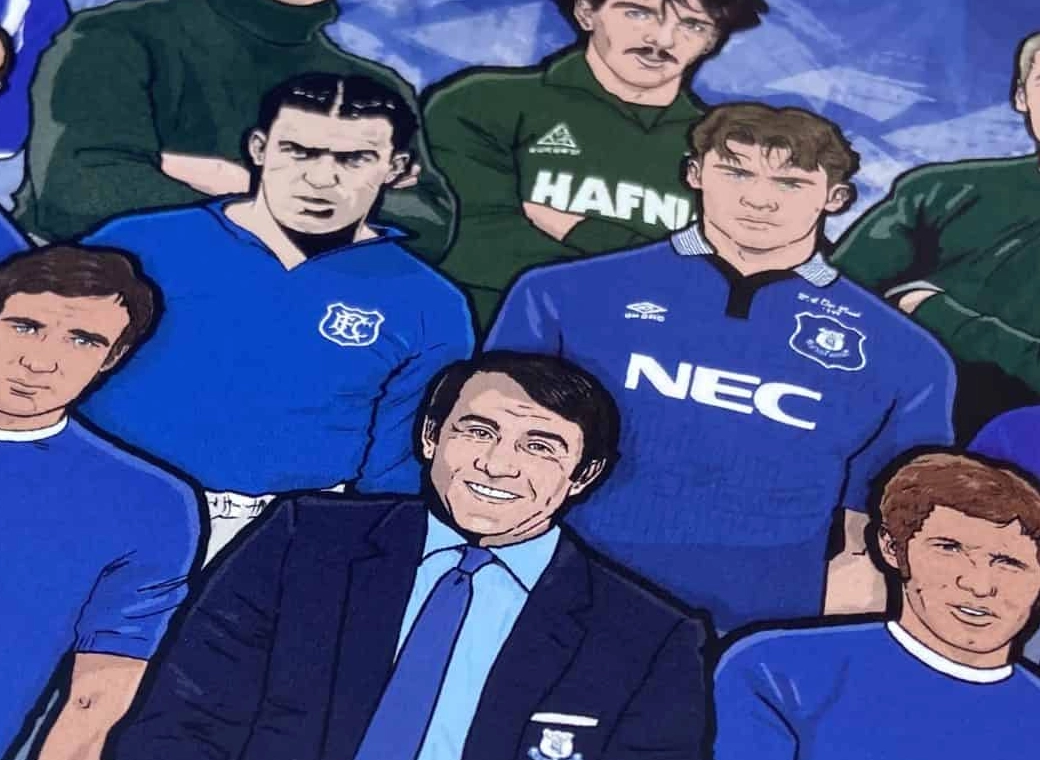https://www.liverpoolecho.co.uk/spo...et-end-14350021.amp?__twitter_impression=true
Everton's famous Gwladys Street End and the unexpected obstacle which delayed its development for 23 years!
Everton's famous home end is in its 80th year as a double decker stand
BY DAVID PRENTICE
13:26, 11 MAR 2018UPDATED08:48, 12 MAR 2018
Everton’s original stadium architect, the celebrated Archibald Leitch, completed his last act of a near 30-year Goodison Park project, 80 years ago.
Once a 23 year obstacle had been removed!
When Everton opened the Gwladys Street Stand in August 1937 they became the first football club in Britain to boast double-decker stands on all four sides of the stadium.
It was a move which had been planned by the club’s ambitious board since 1914 - but one stubborn Street Ender stood in their way until January 1937.
He was an ex-soldier called William Fraser - and while Everton had diligently bought up all of the houses on the stadium side of Gwladys Street in order to demolish them to make way for the new stand, he refused to move on.
William Fraser's solitary house left standing on Gwladys Street (pic from the Daily Herald, courtesy of The Everton Collection
www.evertoncollection.org.uk)
In a precursor to the saga of the Mason sisters, two Anfield residents who prevented neighbours Liverpool from extending the Kemlyn Road Stand for many years, private Fraser refused to budge.
The saga eventually came to a head on January 26, 1937.
The now defunct Daily Herald reported: “Another “home victory” for the Everton Football Club - which has not lost a home game this season - achieved at a cost of £25 “transfer fee” means accommodation for 13,000 more spectators at Goodison Park.
“And the right-outside - right outside the ground in fact - has proved the key man.
“The story began 23 years ago when the Everton club bought a row of 24 houses in Gwladys Street to demolish and extend one of their stands.
“Then came the war (First World War) - and there was no necessity to extend the stands.
William Fraser's solitary house left standing on Gwladys Street (pic from the Daily Herald, courtesy of The Everton Collection
www.evertoncollection.org.uk)
“Later the various slumps and the Rent Acts secured the tenants of the doomed houses a further extension.
“But two years ago Everton decided that the time was ripe to give 13,000 more fans an opportunity to watch their famous team.
“Accordingly the tenants of one half of Gwladys Street were asked to find other accommodation and given £25 each to help in their search.
“But one man - Mr William Fraser, an ex-soldier who is now a patient at the Ministry of Pensions Hospital in Park Avenue, Mossley Hill, refused to leave.
“The Everton club was beginning to get anxious. Plans for the new stand had been submitted to the authorities and it was hoped that the stand would be ready for next season.
“Now at last everything is well.
"Mr Theo Kelly, Secretary of the Everton club, said: “Everything has now been amicably arranged and Mr Fraser and his family are willing to leave the house as soon as suitable accommodation can be found. The stand, which will increase our accommodation by about 13,000, should be ready for next season.”
Everton didn’t hang about.
A tender was submitted by Archibald Leitch to an Everton Board meeting the very same day, January 26th 1937.
Archibald Leitch's tender for the building of the 'new' Gwladys Street Stand - costing £34,602, 12 shillings and fourpence! (Image from The Everton Collection)
The club minutes recorded: “After discussion and consideration it was resolved that the Gwladys St. Double Decked Stand as planned and specified by Mr. Leitch, be proceeded with forthwith; and that the Architect be constructed to accept the steelwork tender of Francis Mortons of Liverpool and place the order for the said steelwork forthwith.
Offers of premises for Mr. W. Fraser of 32, Gwladys St., were reported from Messrs T. Percy and E. Harrison. It was agreed that if necessary, we subsidise the tenancy of 14, Oxton St., at 1/6 per week for 3 years.”
At a board meeting on June 3, 1937 - at the Exchange Hotel in Liverpool, it was minuted that work was about to start on the new construction.
Archibald Leitch spoke of the determination of the Board to see that the estate was kept right up to date and how, in accordance with that policy, work had now began on the erection of a new double-decker stand on the site of he Gwladys St. property; - property which had been bought as long ago as 1914, with this specific object in view. The increased accommodation was likely to be available for the opening match of 1937-8, and nothing now remained but to provide a team worthy of the ground and of the support that had been given for years past.
A follow up board meeting resolved the issue of the proximity of St Luke’s Church to the new stand.
June 19 1937
St. Luke’s Church The Rev. Gibbs along with his Church-wardens and Mr. Archibald Leitch, met the Directors, and inspected the site of the suggested new wall, joining up the New Stand to the Church Building.
It was agreed by the Sub-Committee that the Board be recommended to undertake he cost of the erection of the said wall, as it would add to the appearance of the Gwladys St. portion of the estate.
The new construction was completed promptly.
On July 28th the Echo’s Stork reported: “Instead of the cheering and the sighing for a goal the only noise I heard at Goodison Park yesterday was that of iron against steel.
“It was an uncommon experience for me, for my visit to Goodison have usually been on match day when the air has been charged with electric currents. I must tell you of the progress being made with the Gwladys Street stand although I know you will be much more interested in the building of the Everton team.”
That team kicked off in front of the new Gwladys Street for the first time on August 28, 1937.
Arsenal were the visitors and the extra fans who could be accommodated meant that an attendance of 55,711 crammed into Goodison, some 40,000 more than the crowd who had watched the final home match of the previous season, a 2-2 draw with Charlton!
Dixie Dean scored - his 383rd and last goal for the Blues, symbolically on the day the new home end was opened - but a Ted Drake hat-trick and a Cliff Bastin goal ensured that The Gunners won 4-1.
Everton had found a new lion rampant in front of goal, though, the titanic Tommy Lawton - and the following season the new Gwladys Street double-decker was able to celebrate Everton’s fifth league championship.
Such was the status the new structure enjoyed that George VI and Queen Elizabeth, (the mother of current Queen Elizabeth II), came to Everton and saw the new Gwladys Street Stand in 1938.
But the new Gwladys Street Stand story hadn’t quite finished there.
War broke out just three matches into Everton’s defence of their league title and on Saturday, September 21 1940 an emergency board meeting reported that German bombs had led to the “the demolition of a large section of the New Stand outer wall in Gwladys St. destruction of all glass in this Stand; damage to every door, canteen, water and electricity pipe and all lead fittings, perforated roof in hundreds of places.”
It was rebuilt with money from the War Claims board and The Gwladys Street End remained Everton’s spiritual home.
“Get the ball into the box to Sharpy and Andy and the Gwladys Street will suck it in,” said Everton’s greatest ever manager, Howard Kendall.
Appropriately his name now adorns that end.









